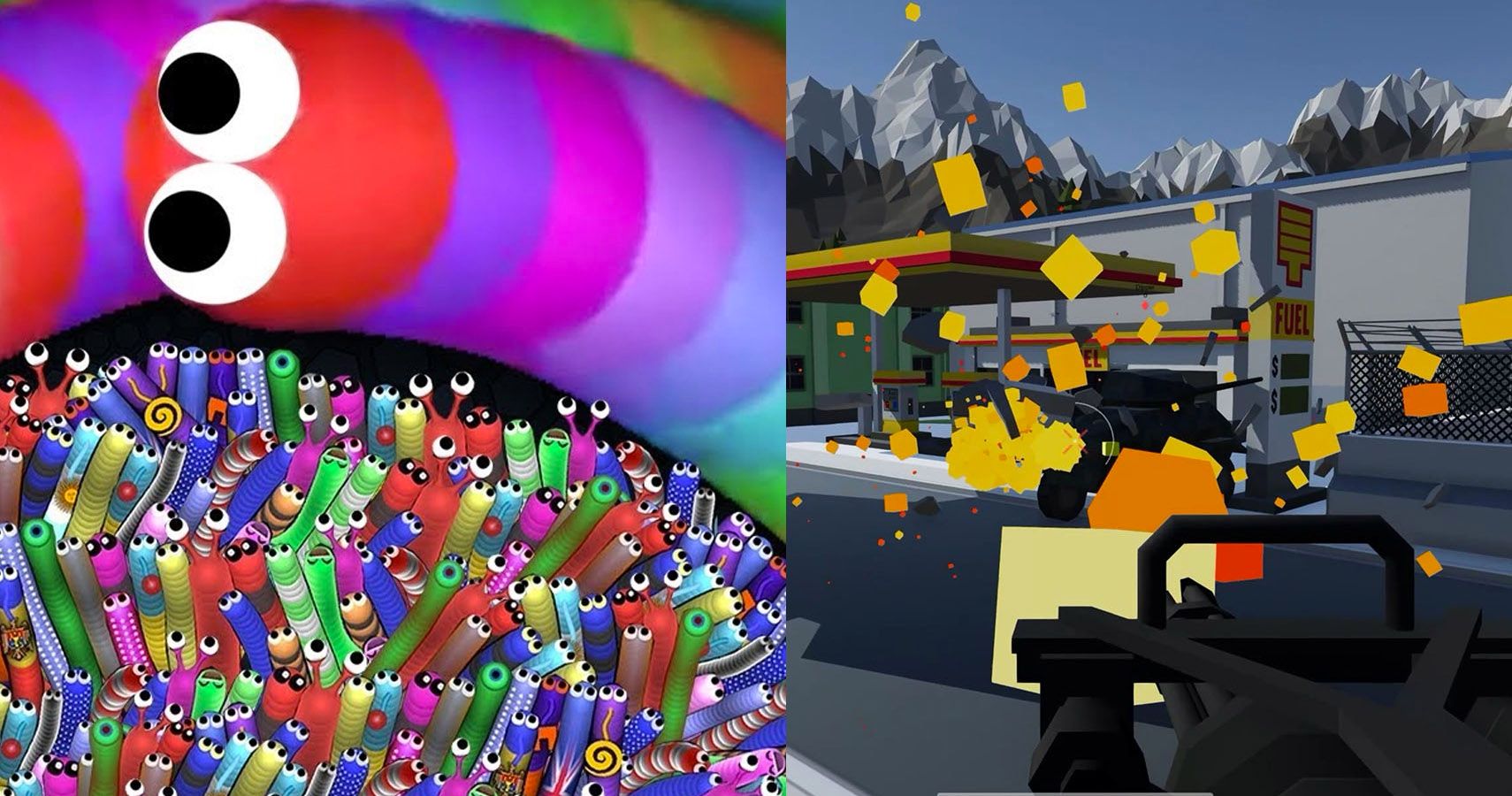

Phaser is a an open-sourced canvas and WebGL rendering JavaScript framework for HTML5. Using Phaser 3 to add assets and enable physics Now that we have a better understanding of the core components, let's explore how we can get these working in our game. Throughout this article series, we'll talk about the patterns and architectural choices I went with to build this game and why. We can choose how we want the game architecture to be, with respect to the mechanics of the particular game in question. There are many pre-existing design patterns that can help us get started in the correct way. It can be super tricky to maintain the synchronization between all the players, figure out which player died and if everyone else agrees with that claim.ĭon't worry if all this starts to sound complex, it doesn't have to be. The final core component which is especially important for a multiplayer live online game is networking. So instead of writing every from scratch, we can use a physics engine that can do most of the math magic for us. But so much mathematics can be overwhelming to write from scratch even for a simple game. Similarly, in our game, this could include computing where the ship needs to go, with what velocity, shooting of bullets, collision of these bullet objects with players' avatars, etc.Īll these things are basically mathematical calculations in line with concepts of physics, under the hood. For example, in a simple game of pong, the ball is bounced back in a certain direction, with a certain velocity depending on which part of the paddle it collided with. Physics is what lets us move the assets around and decides how different objects in our game interact with each other. If you are interested in making your game's theme super arcade, you can follow this pixel art tutorial by Glauber Kotaki to learn how. Similarly, any audio you'd like to introduce and play in the game would fall under its assets. If you'd like an object to appear in your game, you can either draw one on the game canvas, or better yet use an image or a sprite sheet and animate along. While it may seem like there are bunch of things going on behind a networked realtime game, they really comes down to three core components:Īssets are the critical elements that make up the game. The objective to win the game is to make it to the bottom border of the game screen without getting killed by one or more bullets being shot by the ship.Ĭomponents of a realtime multiplayer game.All the avatars automatically move downwards with a preset increment throughout the game.This ship also shoots bullets at regular intervals that we can preset as well Along with this, the ship's velocity will also change. This ship moves along the horizonal axis in a randomly chosen direction that changes randomly every 5 seconds. When a preset number of players join the game, a ship is launched.Each player will see their own avatar in white but see everyone else will in a random colour that's pre-assigned to them.Each player can move their avatar left or right using the arrow keys on their keyboard.When a new player joins, they'll be randomly assigned a monster avatar out of the three available varieties.Game rules for multiplayer space invaders Let's begin by looking at the rules for the game as it's not exactly going to be the same as the original retro classic. Part 1 - Introduction to gaming concepts and Phaser I'll try and explain everything else as much as possible 👩🏻🏫💡 This article assumes a basic understanding of JavaScript and Express/NodeJS.
#ONLINE MULTIPLAYER GAMES BROWSER CODE#
#ONLINE MULTIPLAYER GAMES BROWSER SERIES#
This tutorial series is broken down into four parts: I've hosted the final game at for you to try it out.Īlong the way, we’ll understand the architecture, system design, networking protocols behind this, and also look the caveats to keep in mind when building multiplayer browser-based games. In this article, we'll look at step by step implementation of a realtime multiplayer game of space invaders (ah, the nostalgia!) with Phaser3 and Ably Realtime.

However, with the web evolving ever so rapidly and with all the new protocols and libraries that have spanned in recent years, it’s now super simple to get started with building browser-based multiplayer games. With lots of moving pieces involved (quite literally), game development seems like it’s restricted to devs who’ve immersed their feet deep into the holy waters of networking, mathematics, graphics, and the like. Duh! Ever thought of building one yourself?.


 0 kommentar(er)
0 kommentar(er)
